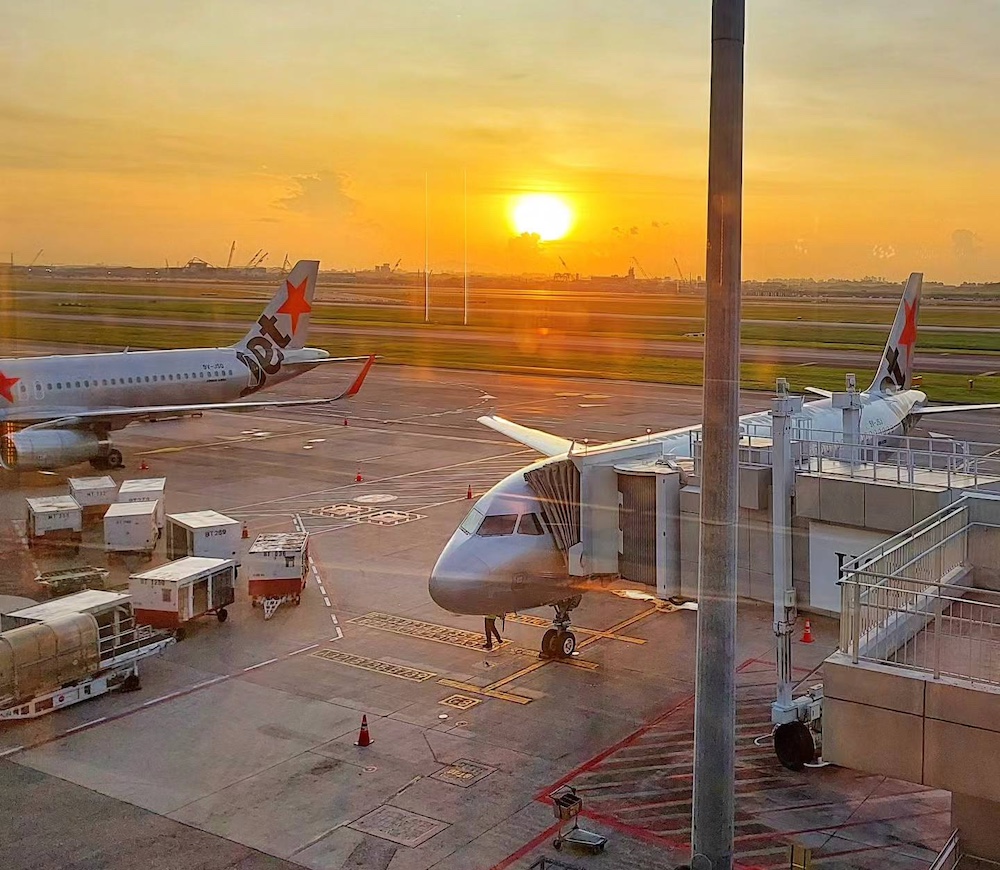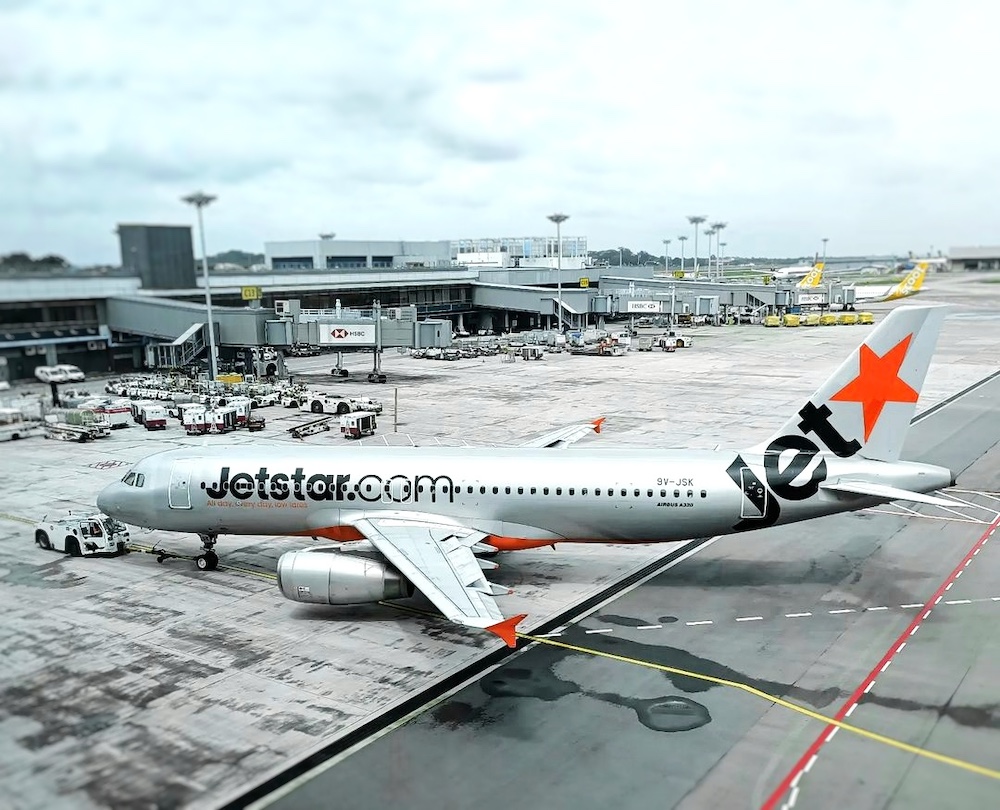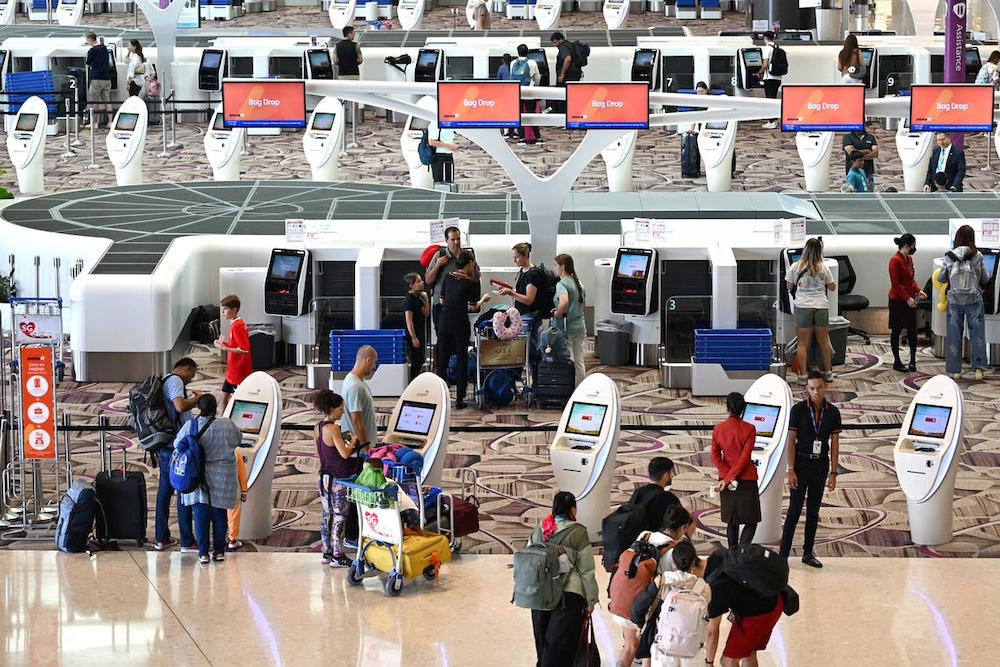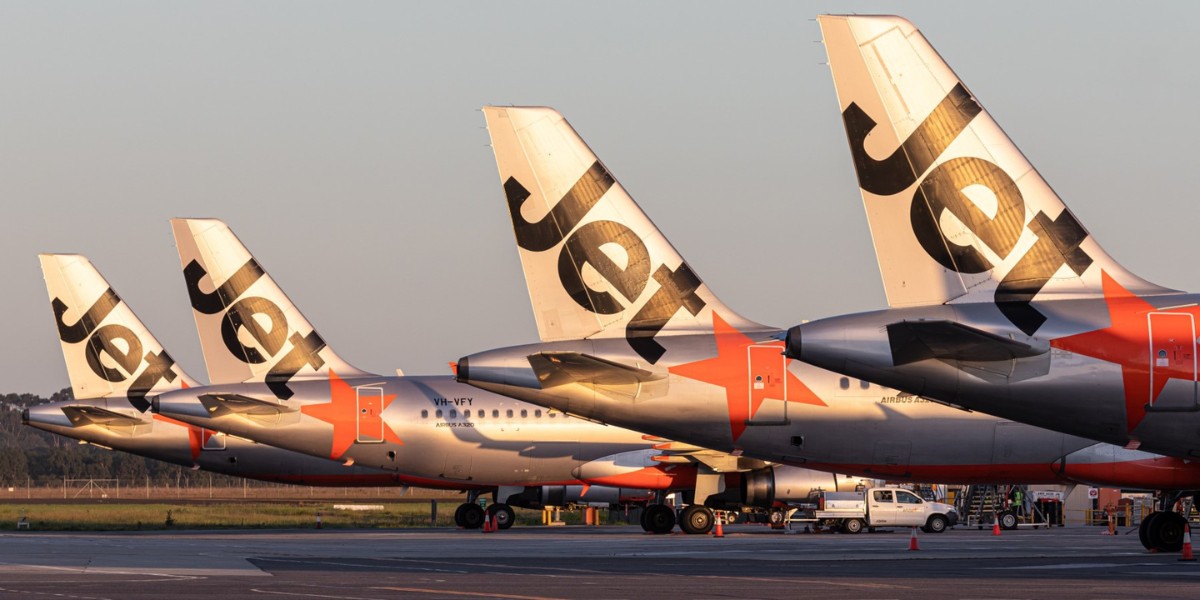Jetstar Asia’s closure will impact 18 flights from Manila to Singapore, as well as those bound for other destinations like Osaka and Kuala Lumpur.
The global aviation industry may be poised to take off in 2025, but it doesn’t mean this expected growth will pull significant challenges off the runway. Rising fuel costs, supply chain disruptions, and labor shortages remain a concern among airlines. One company bearing the brunt is Jetstar Asia, which is set to permanently close on July 31.
The shutdown, which has sparked worry among travelers, was announced by Jetstar Asia owner, Qantas Group, on June 11. It pointed to rising costs and intense competition in the Asia Pacific region as main causes.
“The shareholders of Jetstar Asia (3K) have made the very difficult decision to progressively reduce the airline’s schedule before permanently ceasing operations on 31 July 2025,” the company wrote in a press release. “The decision followed an extensive and careful review of Jetstar Asia which has been increasingly challenged by rising costs and competition in the region it operates. This has unfortunately put unsustainable pressure on the airline’s ability to offer the low fares fundamental to its business model.”
Related story: Skytrax names AirAsia world’s best low-cost airline for 15th year in a row
Related story: A whale of a plane! The world’s cutest aircraft finally has its own airline
Singapore-based Jetstar Asia was launched in December 2004 in a bid for Qantas to enter the growing low-cost travel market in Asia. Its shutdown two decades later is part of the Australian aviation group’s “strategic restructuring to support its fleet renewal program and strengthen its core business in Australia and New Zealand.”
Qantas is taking its plans off the ground by redeploying 13 Jetstar Asia Airbus A320 aircraft to Australia and New Zealand, aiming to deliver more low fares and jobs in those markets. Jetstar Asia’s shutdown will also enable the aviation group to “recycle up to US$500 million in capital, supporting its historic fleet renewal program.”
“We are currently undertaking the most ambitious fleet renewal program in our history with almost 200 firm aircraft orders and hundreds of millions of dollars being invested into our existing fleet,” Vanessa Hudson, Qantas Group CEO, said in a statement.

Along with the company’s restructuring, Jetstar’s shutdown comes as the airline struggles to sustain its low-cost model due to severe financial losses for several years now. The airline has lost SG$165.4 million in the financial year ending June 30, 2021. This was followed by SG$37.2 million in 2022, during the COVID-19 pandemic, according to the data obtained by The Straits Times from Singapore’s Accounting and Corporate Regulatory Authority.
Its profit accelerated to SG$12.5 million in 2023, but has gone into a steep descent of SG$7.1 million loss in June 2024. Jetstar Asia was also projected to lose SG$29.3 million for the financial year of 2025.
The sequential losses can be attributed to supplier costs which, according to Hudson, have jumped up to 200 percent in recent years. This goes alongside other increasing costs, including airport fees and aviation charges.

Jetstar Asia has been struggling with intense competition in the Asia Pacific region, with major low-cost carriers expanding aggressively. Jetstar Asia is much smaller than the rest, having only 13 aircraft. Singapore Airlines’ budget carrier Scoot has 53 planes, AirAsia has 225, and VietJet has 117. The Philippines’ own budget airline Cebu Pacific has 99.
Jetstar Asia’s shutdown will impact 16 intra-Asia routes, including Manila, Bangkok, Jakarta, and Kuala Lumpur, as well as Bali, Surabaya, and Colombo in Sri Lanka. Qantas reported that more than 500 employees will be laid off with the closure, but gave the assurance that they will be offered a range of support, including retrenchment benefits or employment opportunities with the Qantas Group.
The company noted that Jetstar Asia’s closure will not impact other airlines in the Jetstar Group, particularly Jetstar Airways and Jetstar Japan, operating flights in Asia. Jetstar Airways’ international services will also remain unchanged, Qantas said.
Related story: United Airlines launches Manila-San Francisco flight. Here are 5 things to see and do in SF
Related story: Bark Air, a new airline for dogs (and their humans), is now flying
What does this mean to Jetstar Asia customers?

Jetstar Asia’s share of passenger traffic in Changi Airport was approximately 2.3 million, or only 3 percent, of the 67.7 million total in 2024. While it is the third-largest Singapore-based airline, its closure is likely to have minimal impact on Changi’s standing as a hub and the world’s top airport.
The case is different for travelers in Singapore, whose flight options will be reduced with the airline’s shutdown. Jetstar Asia is the only carrier offering direct flights from Changi to Okinawa in Japan, Wuxi in China, Labuan Bajo in Indonesia, and Broome in Australia. Its closure also leaves passengers with only two Singapore-based carriers: Singapore Airlines and Scoot.
Despite that, choices still abound, according to The Straits Times. One-fifth of the 100 Singapore-based and international airlines in Changi are low-cost carriers serving more than half of the 170 cities the hub is connected to.
In the Philippines, Jetstar Asia’s closure will impact 18 flights from Manila to Singapore, as well as those bound for other destinations like Osaka and Kuala Lumpur. All these are also being offered by Manila-based carriers Philippine Airlines, Cebu Pacific, and AirAsia.
Related story: DOT eyes tourism growth with new Air Canada direct flight to Manila
Related story: Sunlight Air’s SmartPass is the summer travel hack you need
Jetstar Asia assures its passengers that it will “continue to operate progressively” prior to its closure. For those who wish to cancel their flight, the airline is offering full refunds or converting it to Jetstar points through their website. Passengers travelling between Manila and Osaka, Singapore and Bali can also opt to take an alternative Qantas Group flight, according to the airline.
Jetstar Asia’s shutdown comes as demand for air travel remains high worldwide. According to the International Air Transport Association, global air passenger demand hit a record high in 2024, with a 10.4% increase from the previous year. For 2025, the organization projects global air passenger numbers to reach US$5.2 billion—a 6.7% increase from 2024—and industry-wide revenue of more than US$1 trillion.





